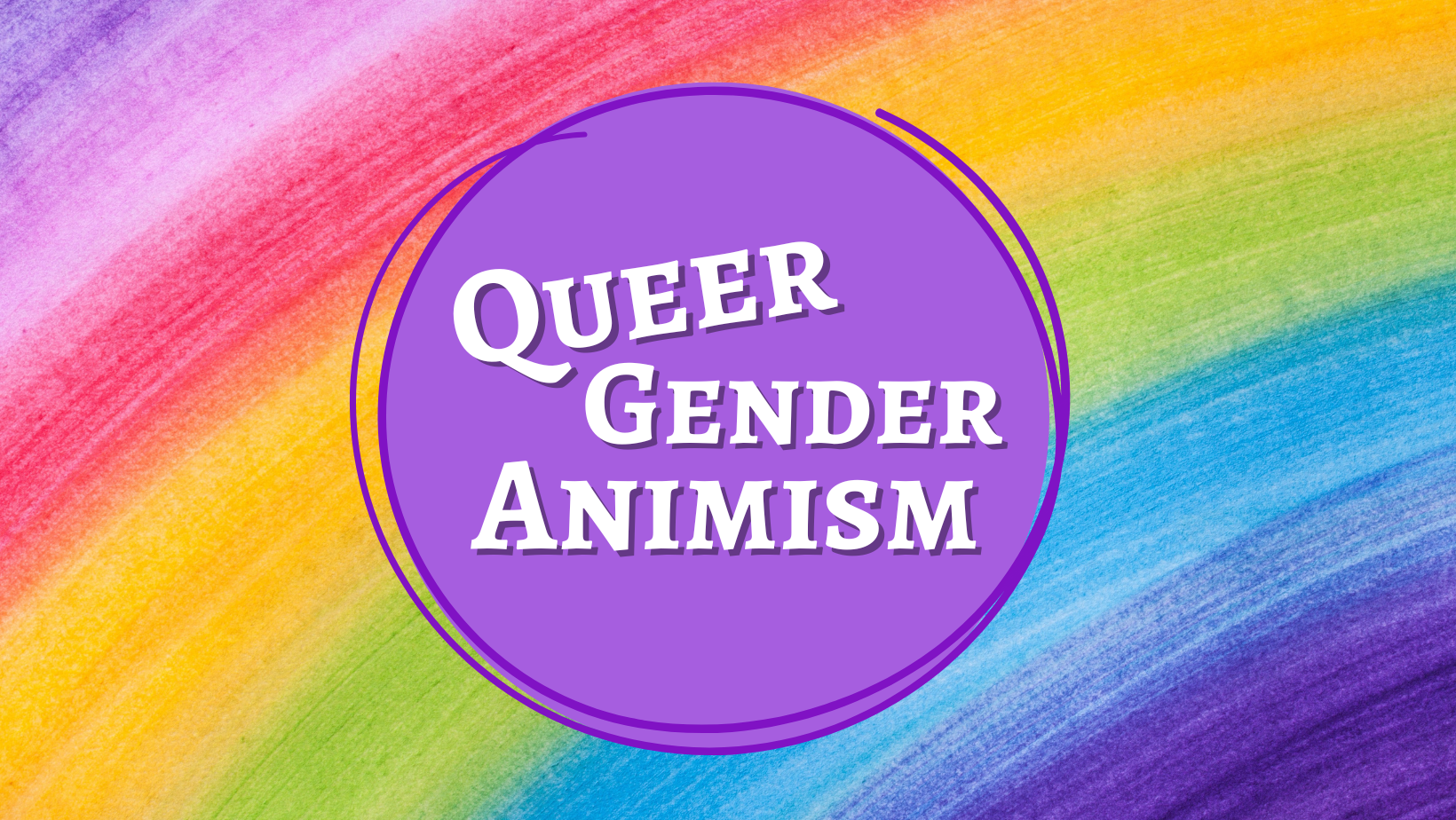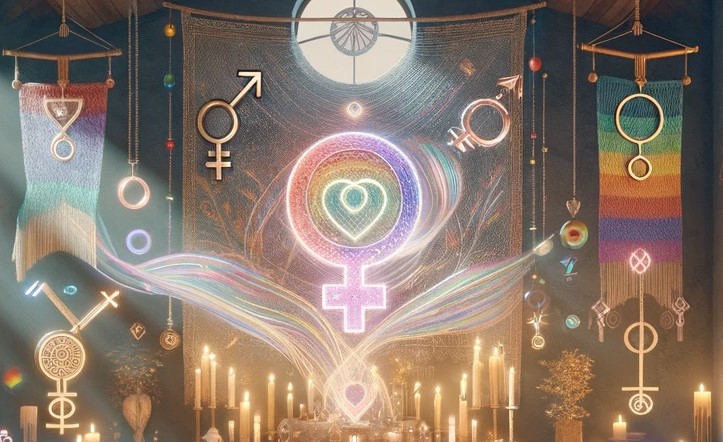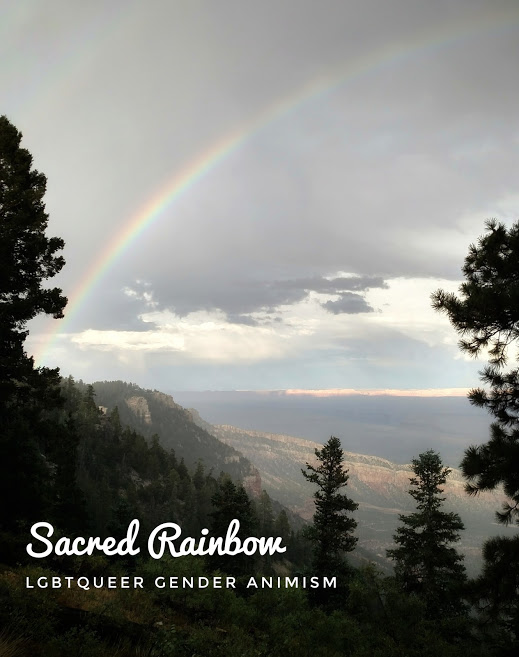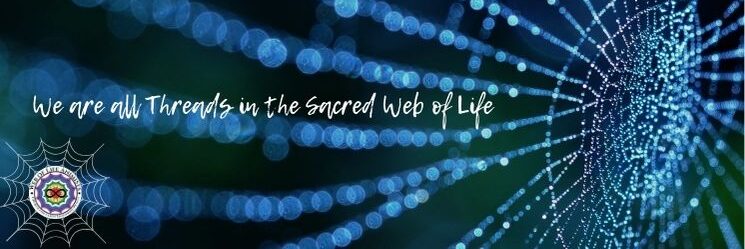
A common thread in Animist cultures is the understanding that gender is not binary and love is love. LGBTQ and gender non-conforming people have always been integral to Animist communities within human and beyond human species. Many Earth species of Human, Plant and Animal express their gender, sexuality, and queer-ness in varieties of ways that are natural to them. Historically, humans with blended genders often held special roles and duties, including that of Spirit Workers and Healers in many forms. While those with puritan doctrines have condemned non-binary and non-cis identities, Animist traditions have always revered them. We all belong in the sacred Web of Life.
Today, queer individuals face significant risks and danger due to increasing numbers of “anti-queer, anti-trans, anti-gay” laws and legislation around the world. Web of Life Animists knows that “blended-spirited” humans have been, and continue to be, essential in many Animist cultures.

“Learning that Animism is a spiritual place for what is considered to be gender “non-conforming” in many communities is something I’ll carry with me for the rest of my life.”
The Powers of “In Between”
Those called by the Spirit World to be a Spirit Worker are individuals who can access multiple energies present in our world and beyond. They often serve as bridges between realities, communities or states of being, providing helpful knowledge that is needed by the group. Historically, these practitioners often blended societal gender roles, being in between the polarities of masculine and feminine energies. Today, practitioners in many fields of work and influence identify as Queer, Gender Fluid, Trans, or Gender non-conforming, reflecting increasing diversity in our current times.
In contemporary times, despite societal challenges, their/our contributions are vital for community health and spiritual continuity. By recognizing and embracing our unique gifts, we honor our interconnectedness with all beings and the Earth.
Invitation to Kind People of All Genders
The Web of Life Animist Church welcomes kind people of all genders to participate in our events and practices in person and online. We are dedicated to advocacy for reclaiming the sacred roles of those in between.
This page just touches the surface of the deep and beautiful world of those in between genders. Web of Life Animists do not intend to speak for anyone and their experience, rather share some similarities that may support a kind person in their search for feeling included and accepting of the beautiful biodiversity of humanity and nature.

